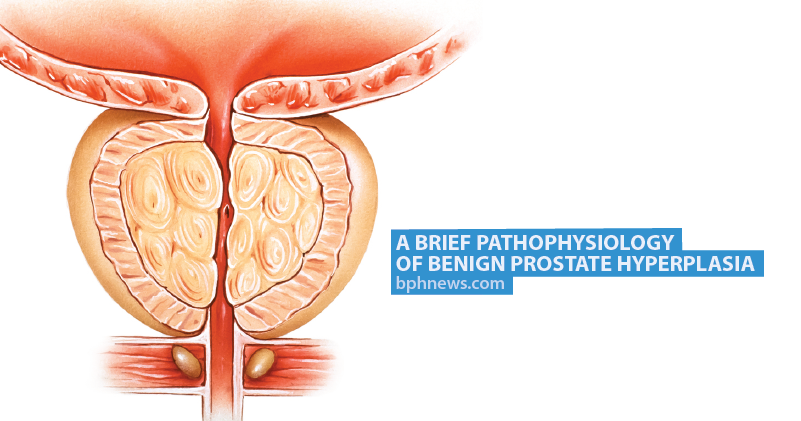It’s believed that nearly all men will experience benign prostatic hyperplasia (BPH) or enlarged prostate by the time they reach the age of 80. As a man ages, the prostate continues to grow and begins to squeeze the urethra (the tube in which urine and semen leave the body) which creates problems with urination and lower urinary tract (LUT) symptoms, the severity of which will vary greatly from patient to patient.
Discover tips for managing benign prostatic hyperplasia naturally.
The exact cause of BPH is unknown, but we do know that hormones play in role in the disease. As men get older, they begin to produce less testosterone and the hormone, androgen dihydrotestosterone (DHT), begins to build up in the prostate which can result in BPH. Addressing this build up of DHT with the use of alpha-blockers in one of the non-invasive ways to treat BPH. Find out more about the pathophysiology of BPH here.
Find out the answers to some of the most commonly asked questions about BPH.
BPH News Today is strictly a news and information website about the disease. It does not provide medical advice, diagnosis or treatment. This content is not intended to be a substitute for professional medical advice, diagnosis, or treatment. Always seek the advice of your physician or another qualified health provider with any questions you may have regarding a medical condition. Never disregard professional medical advice or delay in seeking it because of something you have read on this website.

